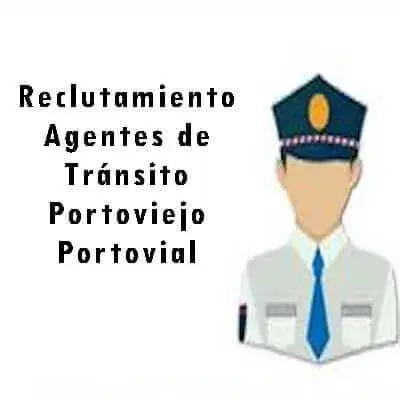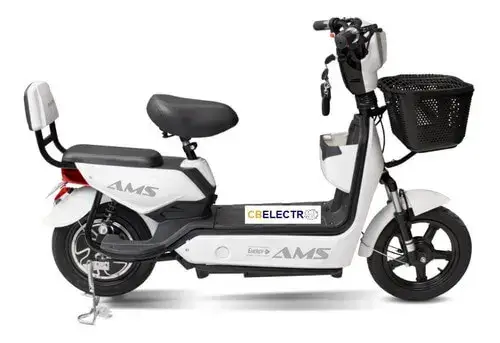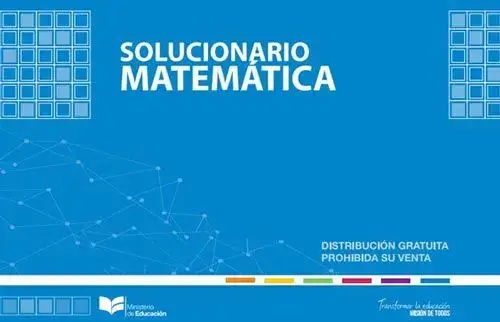Force won’t fix Canada’s blockade problem — but that won’t let Trudeau off the hook
The most evocative image coming out of this week’s protests against the Coastal GasLink pipeline was that of a Canadian flag hanging upside-down outside the provincial legislature in Victoria, with the words «Reconciliation is dead» scrawled across it.
Because it’s 2020, that phrase was a hashtag, too.
Between the declaration of reconciliation’s demise and competing claims that Canada has fallen into «chaos» or «mob» rule, there is a yawning vacuum that Prime Minister Justin Trudeau might need to fill — to make the case again for a reconciliation project he embraced of his own volition.
There is more here than can be conveyed in a sound bite or tweet.
«Contemporary events have two-hundred-year-old tails,» Harry Swain, a former deputy minister with Indian and Northern Affairs (as the department was then known), wrote a decade ago in his book Oka: A Political Crisis and Its Legacy.
«Flashpoints like Oka occur when Indian people believe that governments have violated treaties or their own laws, when a long struggle to right the wrong has been unavailing, and when a government crystallizes matters by licensing a further insult or alienation,» he added. «Land is always at the heart of the broken promises.»

On those terms, historians might file the Wet’suwet’en protests against the Coastal Gas Link project alongside events like Oka, Ipperwash, Caledonia and Gustafsen Lake.
But those examples also point to the great danger involved in attempting to resolve such disputes with force. In Oka and Ipperwash, people died. Wherever there is violence, there is lasting trauma. And the last thing the relationship between Canada and Indigenous Peoples needs now is more trauma.
How Harper handled it
In late December 2012, at the height of the Idle No More movement, there was a 13-day blockade of a rail line near Sarnia, Ont. Before the protest ended, CN Rail conveyed its frustration to federal officials — but Stephen Harper’s government didn’t send in the RCMP or the military to break it up.

The practical options for ending a blockade are limited — particularly if you believe that politicians shouldn’t be directing police actions.
But even if calls for Trudeau to immediately intervene seem either to understate the difficulty of doing so, or to promote a potentially dangerous course of action (one commentator this week invoked Margaret Thatcher’s handling of the miners strike in the United Kingdom, a violent year-long conflict, as a laudable example of leadership), Trudeau’s government can’t be absolved of its duty to safely end this standoff as quickly as possible.
On Friday, Trudeau said that the government’s focus was on «dialogue» and «constructive outcomes.» A day earlier, his government announced that Carolyn Bennett, the minister of Crown-Indigenous relations, was being dispatched to British Columbia, while Marc Miller, the minister of Indigenous services, will get involved in trying to resolve the blockade in Ontario.
But in the post-conflict analysis, there will be questions about whether the Liberals should have intervened directly sooner.
If the trains are running again on Monday, the tension will abate and the hot takes will cool down. But the fundamental issues will remain, newly inflamed by another eruption of conflict, anger, frustration and disappointment.
However committed any federal government is to reconciliation, conflicts like the one in British Columbia were likely inevitable. Two-hundred-year-old stories aren’t easily or quickly rewritten. But even if everyone accepts that reconciliation won’t be easy, it won’t make the conflicts any easier to experience or solve.
By his own account, Trudeau put reconciliation at the centre of his personal political agenda, despite the warnings of political advisers who said there were no «wins» or votes to be found in doing so. But Trudeau also came away from the 2015 election believing that reconciliation had become a political priority for a significant number of voters.
Signs of progress
It’s possible, maybe even likely, that there’s still a critical mass of voters left standing between the polarized views that have been voiced this week — voters who believe that reconciliation isn’t dead and that Canada hasn’t descended into anarchy. Trudeau needs to broadly make the case that reconciliation is still possible and, perhaps, that it’s still happening.
This was a week of protests and blockades. It was also a week when the community of Lac Seul, in northern Ontario, marked the end of a 17-year boil-water advisory with the opening of a new treatment plant that was built with the assistance of $4.3 million in federal funding — the 88th long-term advisory lifted since 2015. The government also informed the House of Commons this week of its intention to move forward with legislation to amend the citizenship oath to acknowledge Indigenous treaties.
The Trudeau government doesn’t deserve a parade for either of those things. Every step toward reconciliation is long overdue. But there is a need now to account for everything that has occurred over the last four years — good and bad — and for Trudeau to explain what the next few years could or should look like.
The reconciliation project would be the responsibility of any prime minister who faced the events of this past week. That responsibility will fall anew on whoever succeeds Trudeau in the office. But by his own design, it rests heavier on Justin Trudeau.
This week probably didn’t kill that project. But these days of discord made it more important than ever for Trudeau to make and show progress in the weeks and months ahead.






